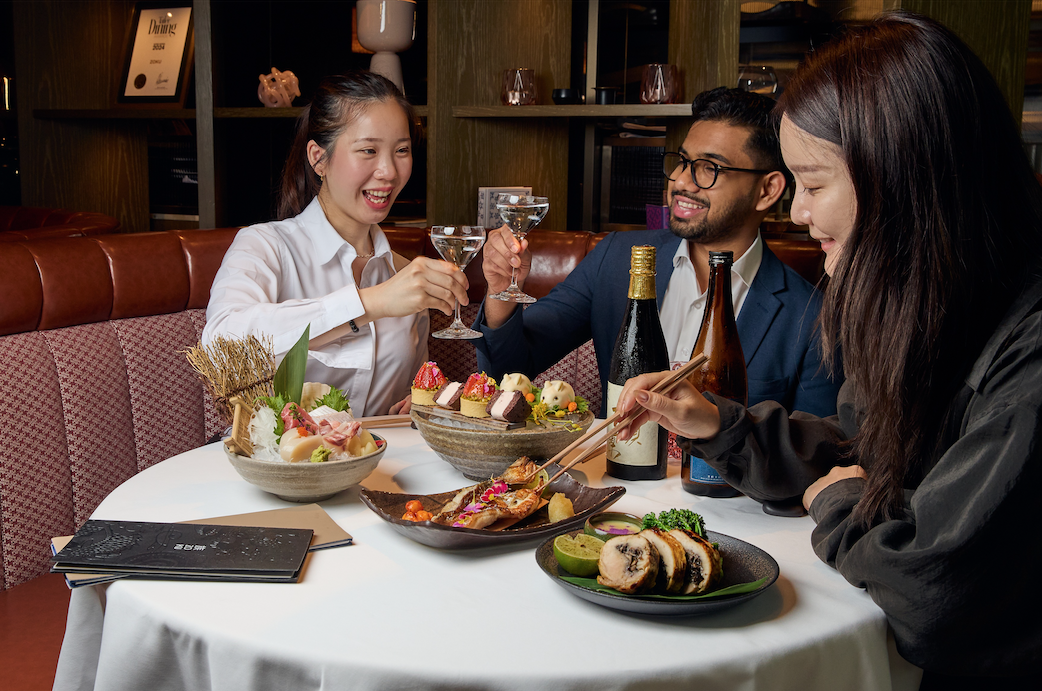The new Fuji Speedway Hotel brings Japanese hospitality to the racetrack
May 09, 2024
In Oyama, Shizuoka, 80 minutes by car from Tokyo, the new Fuji Speedway Hotel is leaving the competition in its rear-view mirror with warm hospitality and an enviable location overlooking Japan’s most iconic racetrack and tallest peak. Stephenie Gee checks in

There are two schools of thought when it comes to choosing a hotel for vacation. The first is that “I won’t be spending much time there anyways” so any bolthole you can lay your head down in is sufficient. The second, and my preferred approach, is that hotels should never be an afterthought. Just as you plan your outfits, restaurants and activities, your accommodation should play an integral part in your vacation narrative as each day will start and finish between its four walls. It’s a way to experience the city – or rather, it is the experience, because some hotels are woven into the fabric of a city and have stories to tell, whether that be down to their location, architecture or history.

This is certainly true of Hyatt’s Unbound Collection, a family of stays ranging from historic urban gems and contemporary trendsetters to boutique properties and tropical resorts, bound by their unique spirit and knack for connecting people and places: hidden deep in the Shuiguan Mountains, Commune by the Great Wall stands as an architectural wonder entrenched in the beauty of the surrounding landscape. Situated alongside the ruins of a 300-year-old church in the vibrant cultural district of Casco Antiguo, Hotel La Compañia is a living museum offering a glimpse into its storied past through three eras of design, architecture and art. La Zambra in the hills of Southern Spain takes cues from its rhythmic flamenco origins, punctuated by striking architecture. Designed to captivate travellers, these are spellbinding stays that you’ll want to talk about.
It doesn’t get more memorable, however, than the Fuji Speedway Hotel, Hyatt’s first Japanese property to fall into the Unbound Collection. Sitting on the grounds of the Fuji Speedway race circuit in the foothills of Mount Fuji, the hotel makes up part of the Fuji Motorsports Forest – a burgeoning facility developed by the Toyota Group “where a love for cars gathers and grows” – together with the Fuji Motorsports Museum that occupies its ground and second floor, documenting more than a century’s worth of racing heritage with 40 of the world’s most famous (and rarest) racing vehicles on display. That includes the long-treasured participating cars from the 1922 Strasbourg Grand Prix and the Toyota 7, the winning vehicle in the 1969 Japan Can-Am.
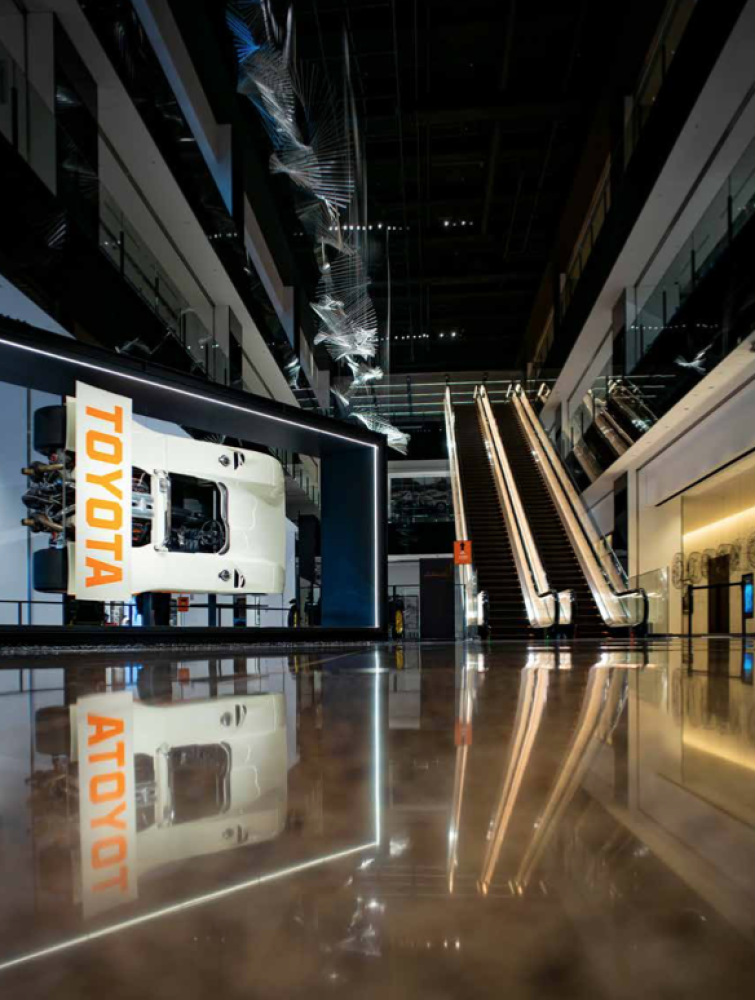
The car references are persistent, but subtle, throughout the property. Gracing the hotel entrance, “monolithic” is a monochromatic marvel that fuses the jargon inherent to the realm of motorsports with the intricate anatomy of racing vehicles. Stretching across the atrium above hangs an expansive installation. At a certain angle, it resembles the Speedway in shape, while the length of each aluminium rod that makes it up corresponds to the lateral G-force racers are subject to when zooming around the track’s corners. In the lobby on the third floor, “The Globe” stacks together hundreds of miniature racetracks from around the world to recreate the Earth’s surface. Beside it, the arch of the reception desk mirrors that of a race car.
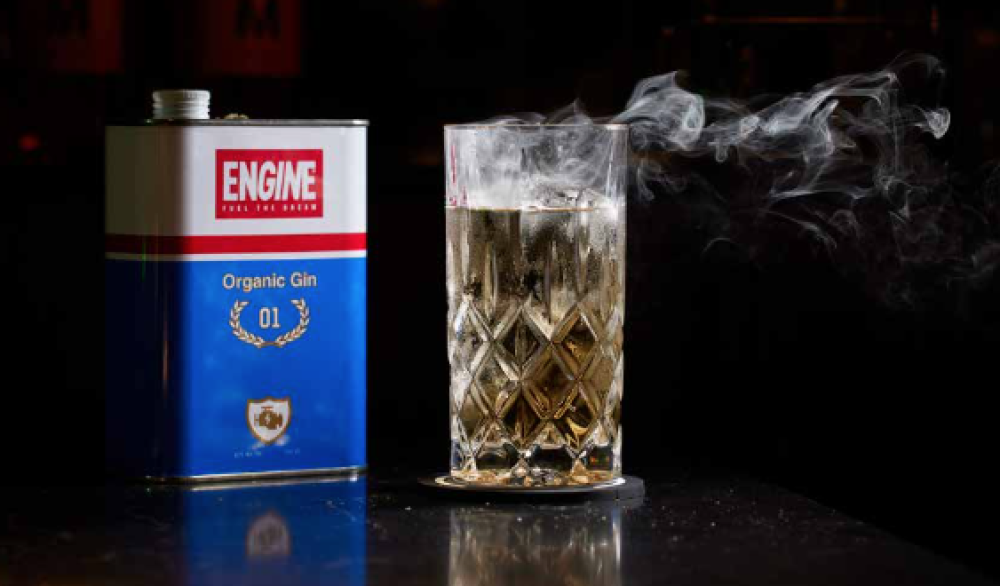
There are the more obvious nods, too. The fitness centre in the adjacent wellness building, called Omika, houses a state-of-the-art professional racing simulator, replete with force feedback, true-to-life controls, and a thunderous, throaty engine roar delivered via surround sound speakers and subwoofers. A second one sits in the speakeasy-style Bar 4563 (this being the length, in metres, of the Fuji Speedway), featuring also a V8 engine centrepiece, a lacquered, racing-red high-top, and walls adorned with 270 mini toy cars, aligned in a starting grid.

Of course, the racing touches extend to the rooms and suites, totalling 120, with half overlooking the track (you need not worry about the noise because the track imposes strict curfews and windows are double-paned) and the other half, like mine, facing Mount Fuji. Think chocolate cars, drop lights made from recycled engine pieces, and wheel coasters. Before turning out the lights at night, I discover my leather bedhead is a car seat. Jotting it down on the notepad, I notice the lines are tyre tread marks. During the day, a Tamiya toy dump truck is placed by the door to indicate housekeeping is in attendance.
Not everything in the hotel is car-obsessed. Filtered drinking taps dotted around the premises draw from 800 metres below where we stand, sourced from Fuji’s glacial melt. Minibars are stocked with treats from this, Japan’s Shizuoka, region: smoked cheese, smoked nuts, green tea (Shizuoka is the largest green-tea-growing region in Japan and produces around 40% of the country’s green tea), a Speedway beer and a Speedway whisky, the latter stamped with the opening date of the hotel – “2022.10.07”. And bathrooms are stocked with cosmetics packs by Japan’s most representative jeweller, Mikimoto.

The same products can be found at the spa, inspired by and in reverence to nature. There are plenty of treatments to choose from, from body wraps to healing gemstone therapies and restorative facials. But if you only try one thing, make it their signature green tea pure ritual. The experience lasts 120 minutes, beginning with a foot bath of tea oil, sake and green tea salt. A full-body massage follows, incorporating warm binchōtan and herbal balls. I’m in a hot-springs country, and every hotel worth its volcanic history here has a traditional mineral- rich onsen. The one at Speedway, open daily from 6am to midnight, taps into the healing sulphate waters from 1,500 metres below the Earth’s surface. When I leave – buffed, polished and renewed – I’m offered a bottle of chilled coffee milk from the local Asagiri Dairy Factory.
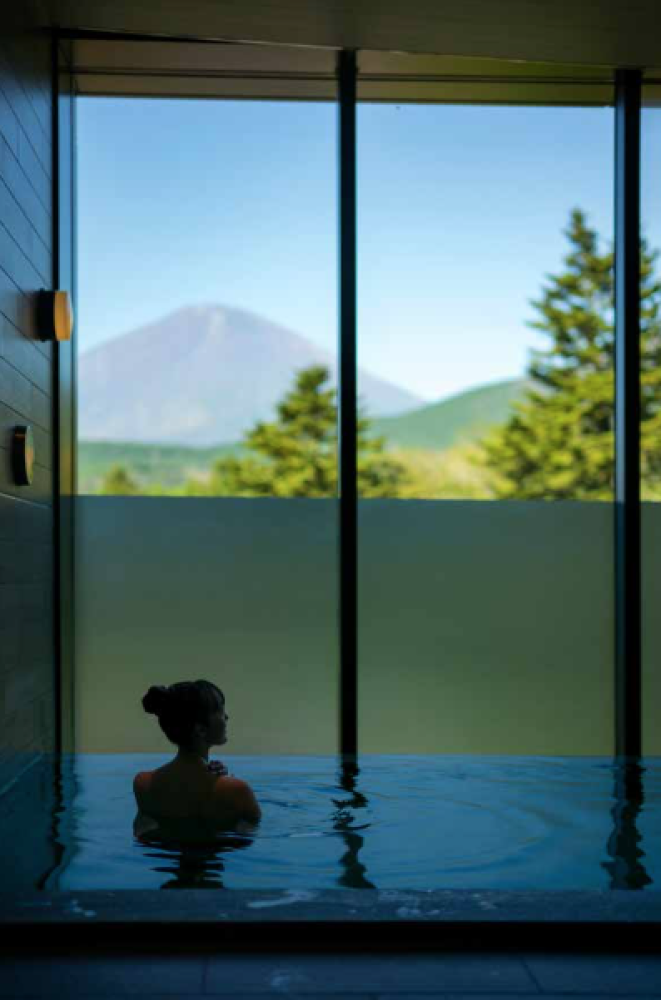
It isn’t easy dragging yourself away from this oasis of calm. But drag yourself away you must as sharing
top billing here is the food. The hotel’s jolly executive chef Jun Ishii (formerly of the Park Hyatt Tokyo and The Peninsula Tokyo) prides himself in showcasing the culinary charms and variety of our locale, working hand in hand with local restaurants, purveyors and growers. At breakfast at Trofeo (named after the Italian for “trophy”), you’ll find tororo-jiu, or grated yam soup, made by the 428-year-old Chojiya restaurant, that you pour over and mix with rice. Available for lunch, the Shizuoka Pescatora Tagliatelle features the finest kinme snapper sourced from Omaezaki. Its bones are slow roasted and sautéed with local vegetables to extract a rich broth, which then is cooked into the fillets, and served with seafood, tomatoes and olives. Come dinnertime, Robata Oyama brings the best of meats, seafood and vegetables, all grilled to perfection before you in the open kitchen. Each dish – and each accompanying sake and tea pairing – is a knockout. Especially so is the grilled eel from Unagi Sakuraya, a venerable eel restaurant established in 1853; and the Shizuoka water wasabi (a world agricultural heritage) donburi, served with local Amano soy sauce and bonito flakes.
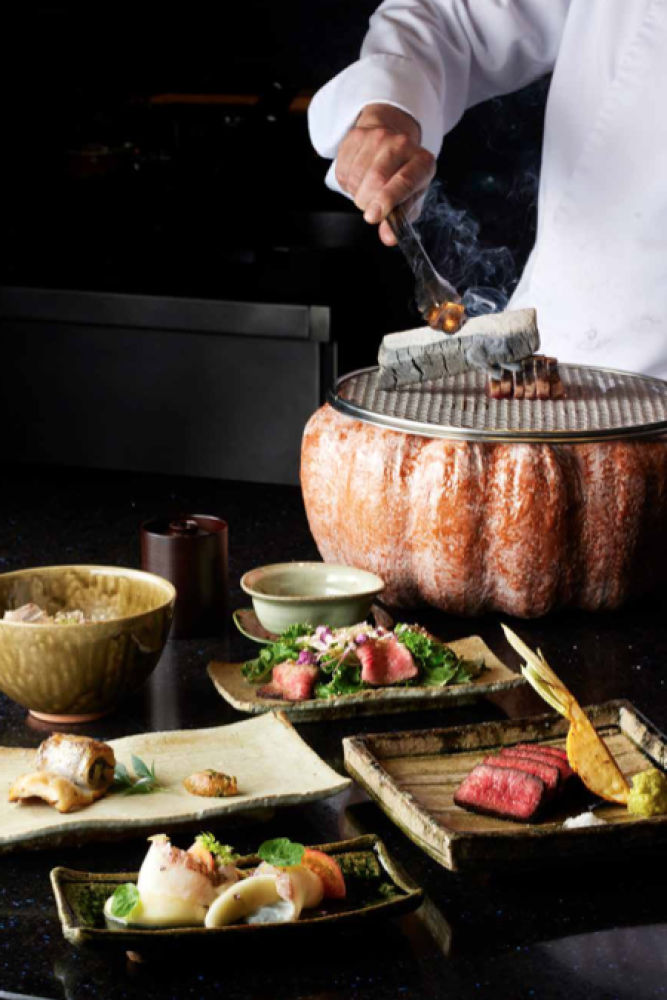
I skip the nightcap and call it night. There’s much to do, see and experience in the area. For a nominal fee, guests can live out their F1 dreams on the Speedway, with the pace set by a safety car. If you prefer to let loose, the go-kart track down the road allows you to clock up some serious speed. Come during the right season, the Fuji Cemetery just a walk away can be oddly beautiful, lined with some 1,000 Somei Yoshino and 7,000 mountain cherry trees. Further out, but all within an hour’s drive, Lake Ashi is home to the famous Hakone shrine; Saiko Iyashi-no-Sato Nenba stands on the site of a former farming village, destroyed by a landslide during a typhoon in 1966, on the western shores of Lake Saiko; and Okamoto Riding Club, just minutes from the Gotemba Premium Outlets, offers horseback riding along scenic trails.

I’m feeling brave, however, so I book myself in for a sunrise hike with Masaki-san. From Mizugatsuka Park, it’s an easy 20 minutes to the Koshikirizuka observation deck where the waiting game begins. There are few experiences quite as magical as witnessing the golden glow of sunrise fall across Fuji. Time seems to move slower in this part of the world, and this is the best way to embrace it.
Also see: Grand Hyatt Tokyo teams up with Pokémon Sleep on wellness packages and menus





























